
Sustainability And Wearable Tech
As advances in technology reach new heights, it is only natural for wearable tech—the union of technology and fashion—to grow in complexity, form and function. What started as simple responsive watches and wearable fitness trackers, has now expanded to complex health monitoring devices and solar-powered outfits.
How Could Wearable Tech Help The Environment?
There are so many possibilities for wearable tech where sustainability is concerned. Combining innovative design with smart, built-in functionalities that help to tackle the core environmental impact of fast fashion. Primarily, by encouraging consumers to engage, interact and rely on their clothes.
For sustainable and wearable tech to gain widespread acceptance, it should have features that are more functional and useful than cheap fast-fashion finds. Having realised the importance of this factor, wearable tech designers have come up with products that not only look and feel good but also address the specific needs of their customers. These unique solutions encourage consumers to step away from fast fashion, and instead opt for purpose-driven designs that are more than just basic clothing.
The best part is that in this field, more and more designers are coming up with ideas better than the last. Here's a look at some of these incredible products in the market now...
Smart Wearable Tech Apparel
In 2017, the Levi's Social and Environmental Sustainability group are due to release their Levi’s® Commuter™ x Jacquard by Google Trucker Jacket. This smart denim jacket is part of the "Commuter Collection" for cyclists, and features a detachable touch-sensitive tag. Simply tapping or brushing it enables the wearer to connect to services like maps, music and calls. Remove the electronic tag and the garment can be washed and maintained like any other regular denim product. This clever design with enhanced durability, value, and practicality makes the product super interesting and one to look forward to. You can read more about how Levi's views the relationship between tech and the environment here.
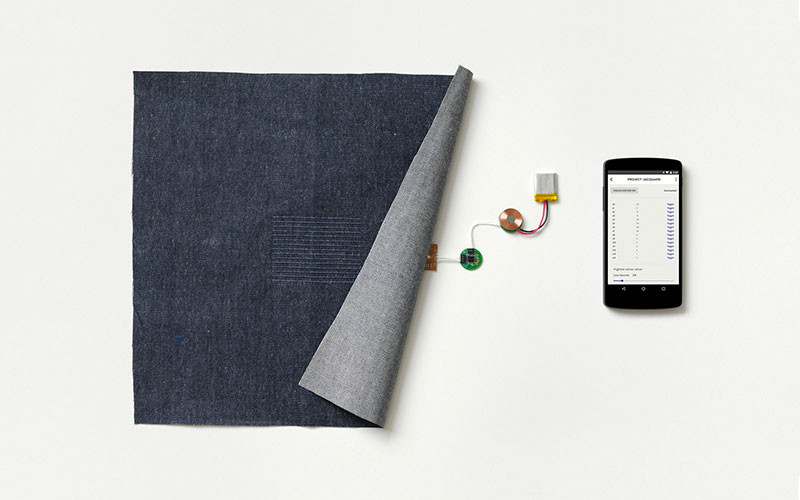
After smart watches and smart glasses, smart shoes are the newest in wearable tech. Ducere Technologies, an Indian company has come up with smart shoes that can connect to a smart phone through Bluetooth. The brand, known as Lechal, are producing both shoes and insoles that are packed with sensors that provide navigation instructions through small vibrations.
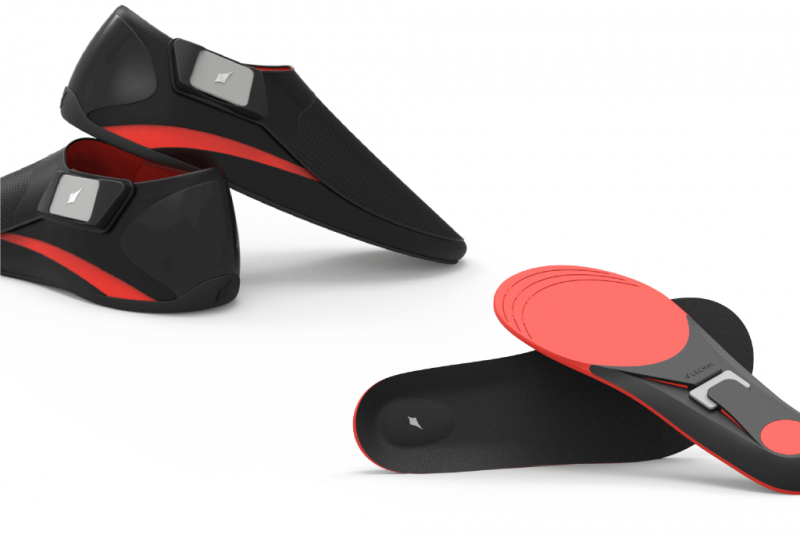
I think perhaps the most impressive factor about both the Levi Jacket and shoes from Ducere Technologies is that they blend in with existing apparel. This means they can easily be incorporated into an existing wardrobe, unlike other wearable tech accessories that require the user to wear an extra item.
Technology Vs Fashion…amazing!! #wearabletech #eco

Meeting Energy Needs Through Wearable Tech
Ok, so those are incredible examples of wearable technology, but what about the sustainability factor?
Our energy needs are constantly growing and evolving, and we need it at home and on the go. So, how does the prospect of a dress that meets the immediate electronic energy needs of portable devices sound?
This is now possible to achieve on garments and accessories through the use of in-built energy cells. One of the most common design features added to create extra function in garments is the attachment of solar panels. Brands have used this idea in different ways. Diffus, for instance, have created, amongst other exciting innovations, a high-tech solar-powered handbag with photo-voltaic cells that generate enough power to charge a cell-phone. While it performs high-tech functions, this handbag is also a luxe accessory featuring brilliant craftsmanship.
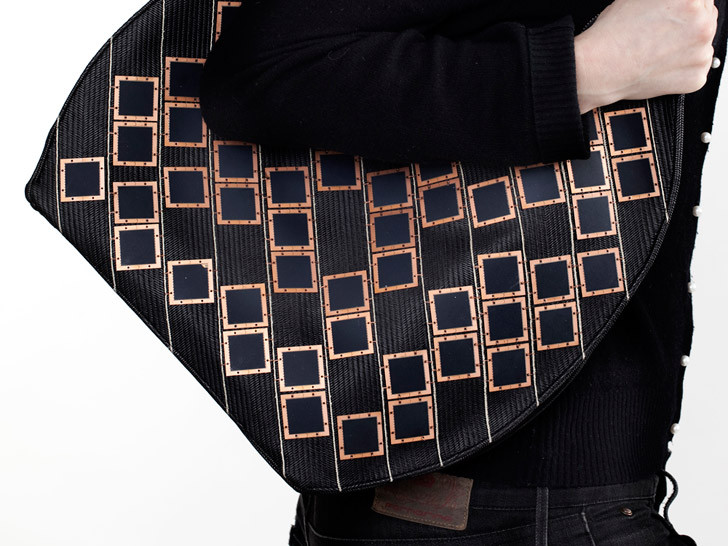
Another perfect example of this technology is Zegna Sport's jacket. It has solar panels attached to the collar or sleeves, and can generate enough power to charge small handheld devices like cell phones and mp3 players. It is also made almost entirely from recycled plastic, giving this jacket even more sustainability street-cred!!
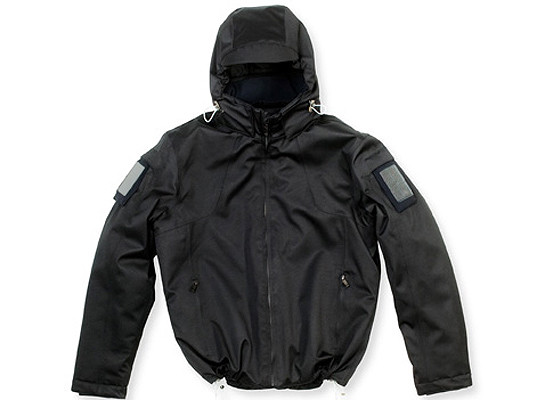
The Soundwaves Tshirt by Orange and Gotwind works on a similar principle. This interesting design converts sound waves into electricity—a clever solution that makes use of the ambient sounds and music, perfect for festivals!
Self-Cleaning Wearable Products And Accessories That Absorb Pollutants
Upkeep and maintenance of clothing involves draining resources like water. Clever designers have come up with ingenious solutions that are self-cleaning. Some of them even purify the surrounding air!
Researchers Tony Ryan and Helen Storey head up a project called the Catalytic Clothing line, which features garments with photocatalyst solutions in them that react with pollutant molecules and purify the surrounding air.

Mingce Long and Deyong Wu have designed an amazing self-cleaning cotton fabric that is coated in a compound of titanium dioxide. The coating is activated by sunlight, breaking down dirt and killing off germs. The aim of this fabric is to show that it is possible to eliminate the need for water and other cleaning products where cotton is concerned.
#Clothes that clean the air or charge your phone!! #wearabletech

Recycled Wearable Tech Solutions To Target E-Waste Problem
With new technology entering the market every year, consumers tend to throw away used electronic devices often. These discarded plastics and electronic devices in the rubbish pile are a major cause of land pollution. Sustainable and eco-friendly wearable tech can address this issue to a certain extent. Organisations like RecycleHealth encourage people to donate their used electronic wearables and give it an extended lease of life.

Benjamin Hubert of Layer and The Carbon Trust, have come up with WorldBeing, another practical recycling solution for this growing issue. The company produces wristbands with moulded materials from discarded plastics and electronic circuit boards. They also integrate with an app that encourages people to be more environmentally aware by allowing them to track their own carbon footprint, and suggesting places to shop locally and ethically.
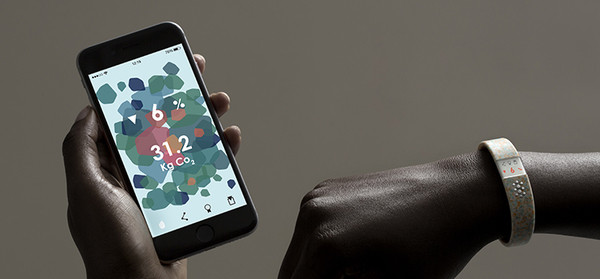
The challenges of creating successful wearable tech products that meet eco-friendly criteria aren't small. Nevertheless, innovations like these tell us that technology can indeed drive changes in fashion. As wearable technology becomes more a need than luxury, we can be optimistic about designers finding eco-friendly options to address our ever evolving lifestyle needs and, of course, our style.
For all the latest news and announcements and make sure you sign up for our newsletters!
And please do share our article (you can use our very handy tweet buttons throughout).
#Wearable tech that #saves the planet!? #sustainability

